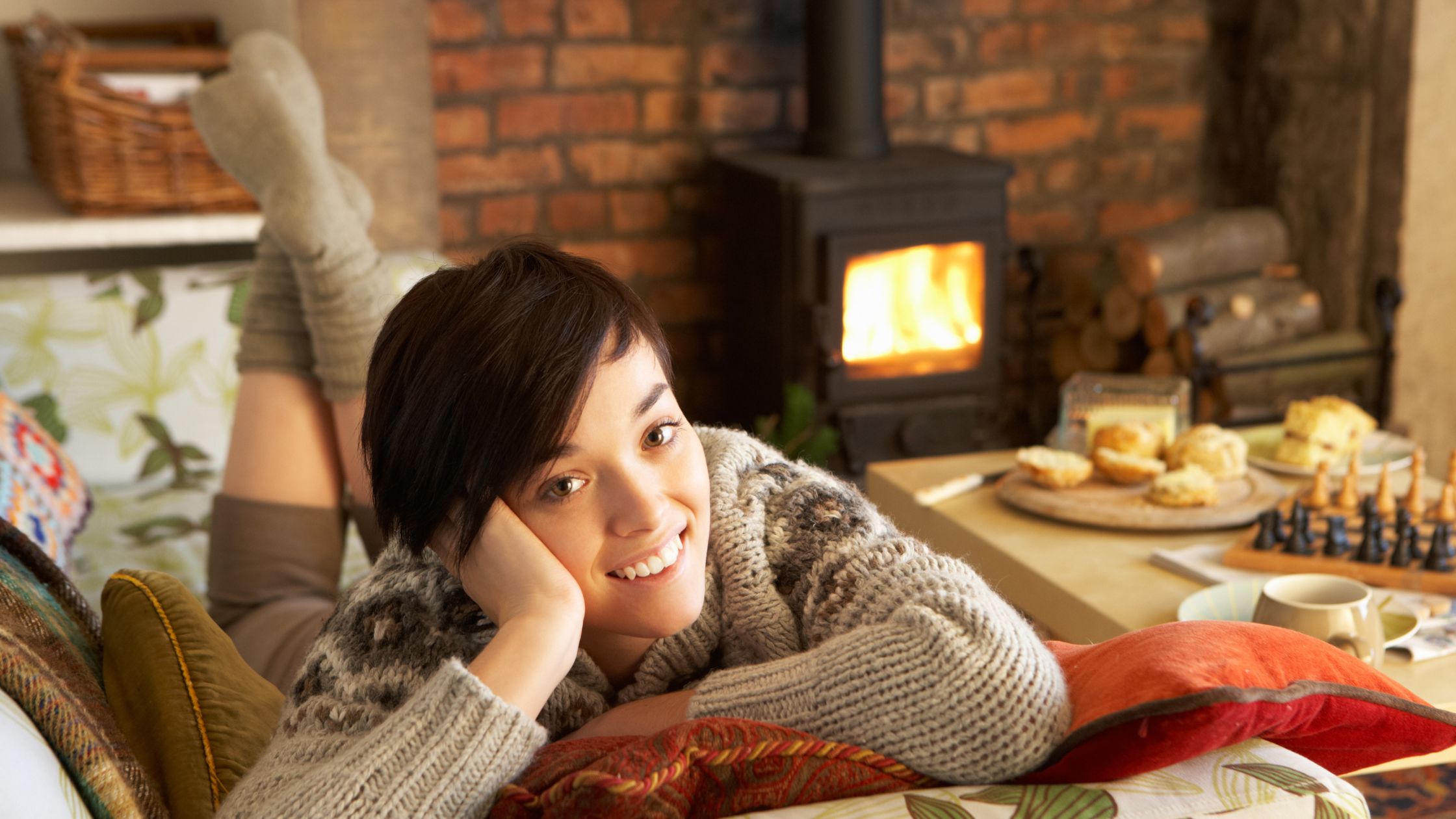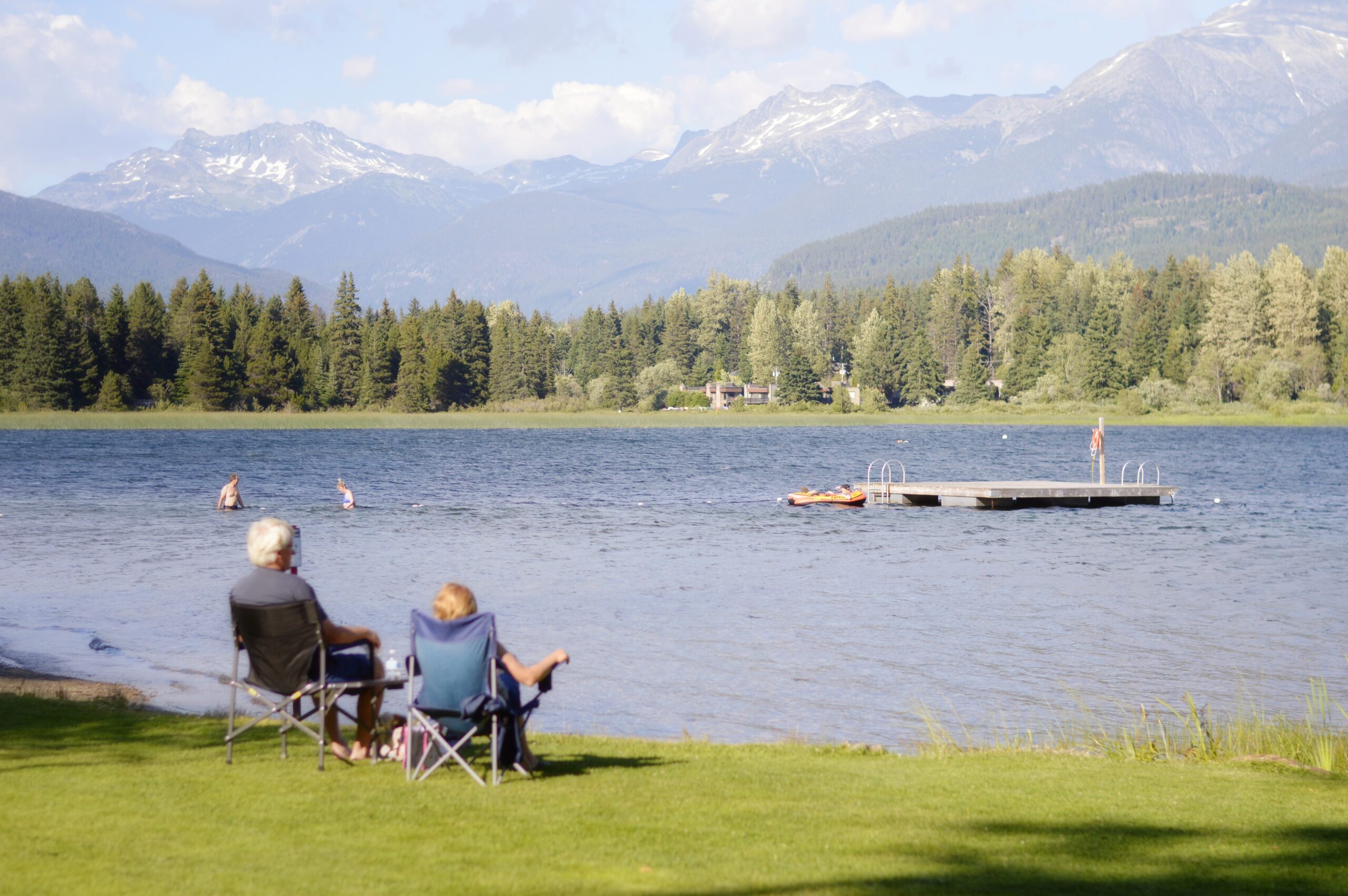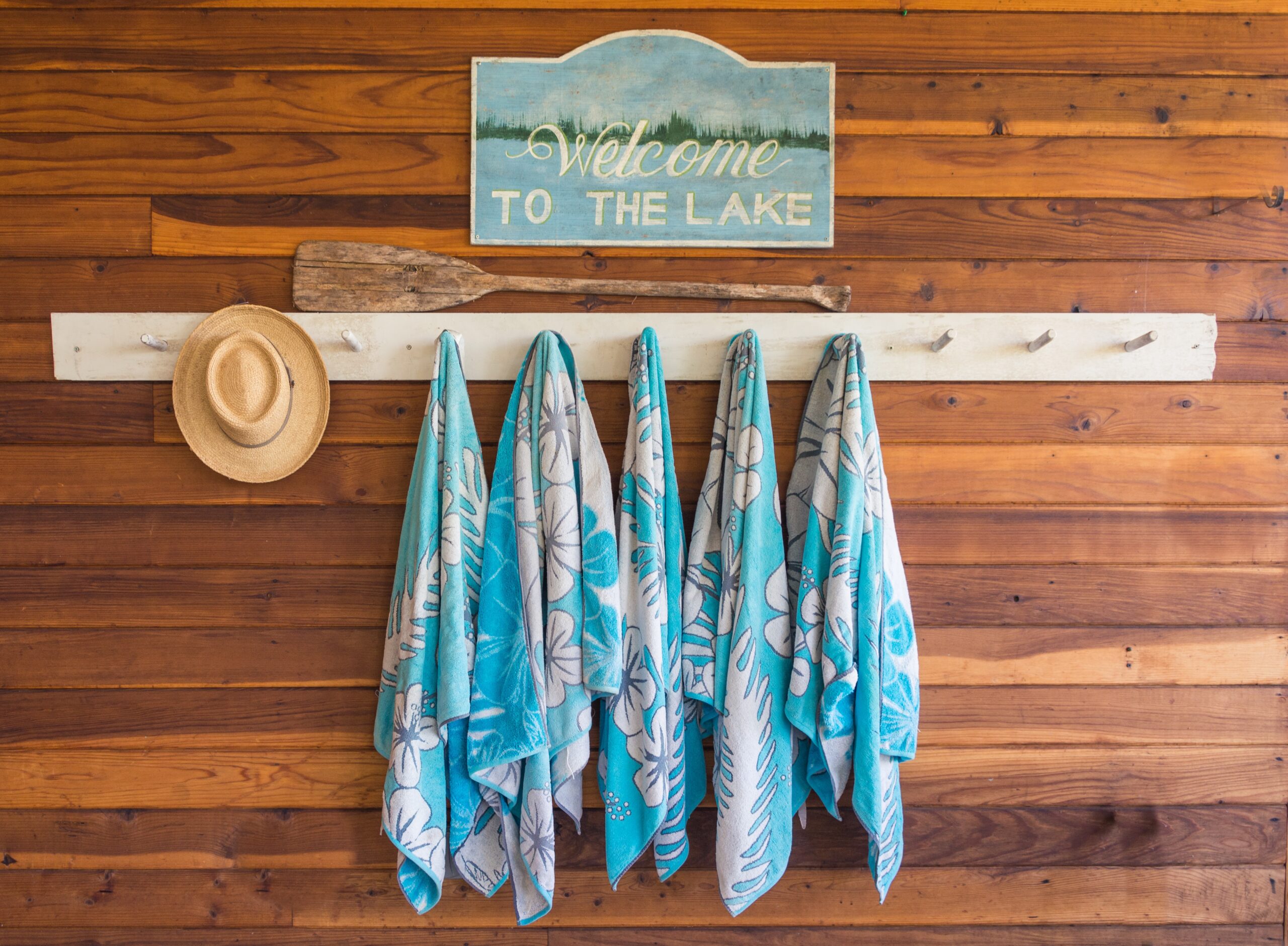As the chill of winter settles in, keeping your property warm and cozy becomes a top priority. Choosing the right indoor heating source is essential for comfort, efficiency, and safety. Let’s explore various heating options, where you should use them, and important safety considerations.
Furnaces

Furnaces are the most common heating system and the standard method of heating large areas. These central heating systems push warm air through vents to every area of the house. When selecting your furnace, you can choose natural gas, propane, oil, or electric options. If your property is large, this is your most efficient choice for heating your entire building.
Pros and Cons of Furnaces
| Pros | Cons |
|---|---|
| Consistent Heating: Provides steady, even heat distribution. | Dependence on Fuel/Electricity: Requires gas or electricity. |
| Thermostat Control: Easy to regulate temperature. | Higher Operational Costs: Can be more expensive to run. |
| Less Maintenance: Requires less upkeep than wood stoves. | Complex Installation: Installation can be intricate and costly. |
| Safety: Generally safer than open flames of wood stoves. | Power Outage Vulnerability: Useless during electricity failures. |
| No Smoke or Soot: Cleaner air quality with no smoke production. | Less Eco-Friendly: Often relies on non-renewable resources. |
| Space-Saving: Usually occupies less space than wood stoves. | Lacks Aesthetic Appeal: Doesn’t offer the same ambiance. |
The downside to furnaces is the expenses, regulations, and installation costs. Furnaces are one of the most expensive forms of heating system you can install due to their range and requirement for venting or piping. If you have a smaller property, area heaters or wood-burning options may be better suited for your property. However, it is still worth considering if you have a medium or large-sized property.
Wood-Burning Stoves

If you want to embrace rustic charm, wood-burning stoves offer effective heating and the added versatility of cooking. With wood being renewable and affordable if you buy in bulk or find free wood in online classifieds, there isn’t much stopping you from fueling your wood-burning stove.
Pros and Cons of Wood-Burning Stoves
| Pros | Cons |
|---|---|
| Ambiance: Creates a cozy, inviting atmosphere. | Inefficient Heating: Most of the heat escapes through the chimney. |
| Natural Aesthetic: Adds a rustic charm to the cabin or cottage. | Requires Constant Attention: Needs regular feeding and monitoring. |
| Use of Renewable Resources: Burns wood, a renewable energy source. | Risk of Sparks and Embers: Can be a fire hazard if not carefully managed. |
| Enjoyable Experience: The process of building and tending to a fire can be relaxing. | Smoke and Soot: Can lead to indoor air quality issues. |
| Heat During Power Outages: Functional without electricity. | Regular Cleaning Needed: Chimney and fireplace require frequent maintenance. |
| Traditional Heating Method: Offers a classic way to heat up space. | Installation and Safety Regulations: Requires proper installation and adherence to safety standards. |
However, since you are burning wood, you will want to be cautious. Keep anything flammable a good distance from your wood-burning stove. Ensure the room is properly ventilated and that smoke is funneled out of the building. Use seasoned wood whenever possible, and regularly clean your chimney to prevent creosote buildup. If you do not clear out the tar-like substance, chimney fires become possible.
Fireplaces
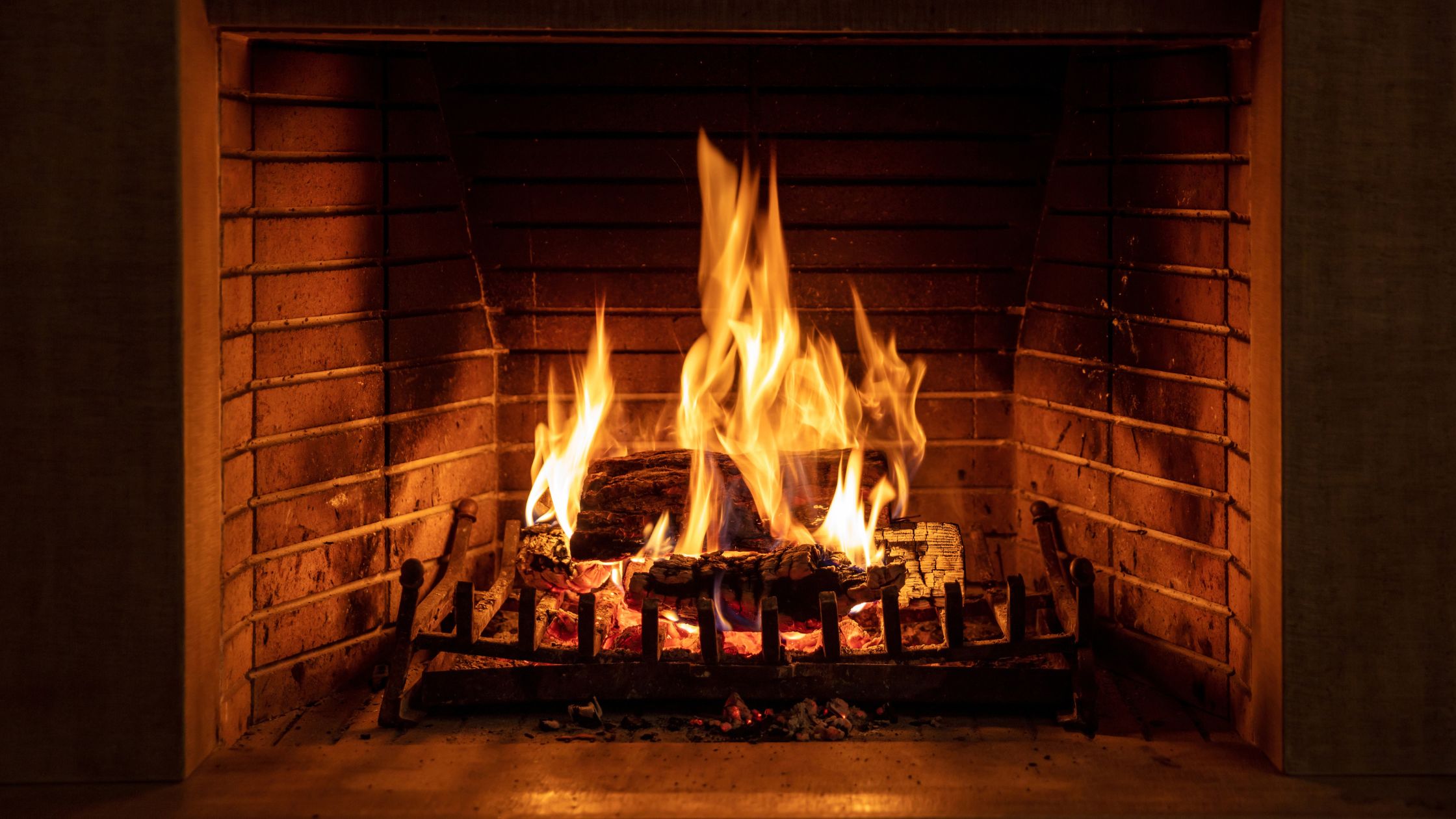
Fireplaces are a classic heating system in cabins and cottages, either as a primary or secondary heat source. Fireplaces come in wood, gas, and electric options, though wood and gas are the most common fireplaces. Wood can be bought in cords or at reduced prices for odds and ends pieces. At our cottage, we paid $400 for a cord of wood, which measures and lasted an entire year, including the summer, fall, and Thanksgiving, through a handful of visits through the winter. We purchased another cord in early summer. Try to use seasoned wood and do not burn treated or painted wood.
Pros and Cons of Wood-Burning Fireplaces
| Pros | Cons |
| Ambiance: Creates a cozy, inviting atmosphere. | Inefficient Heating: Most of the heat escapes through the chimney. |
| Natural Aesthetic: Adds a rustic charm to the cabin or cottage. | Requires Constant Attention: Needs regular feeding and monitoring. |
| Use of Renewable Resources: Burns wood, a renewable energy source. | Risk of Sparks and Embers: Can be a fire hazard if not carefully managed. |
| Enjoyable Experience: The process of building and tending to a fire can be relaxing. | Smoke and Soot: Can lead to indoor air quality issues. |
| Heat During Power Outages: Functional without electricity. | Regular Cleaning Needed: Chimney and fireplace require frequent maintenance. |
| Traditional Heating Method: Offers a classic way to heat up space. | Installation and Safety Regulations: Requires proper installation and adherence to safety standards. |
Keep an iron grate in front when unattended for open-faced wood-burning fireplaces, and don’t overfill it. If you overfill the fireplace, the wood can spark, resulting in a small, albeit burning, piece of wood on the floor or carpet. That’s why keeping flammable materials away from open flames is best. Inspect and clean the chimney often. As with other heating units, do not allow children or pets to touch them.
Pellet Stoves
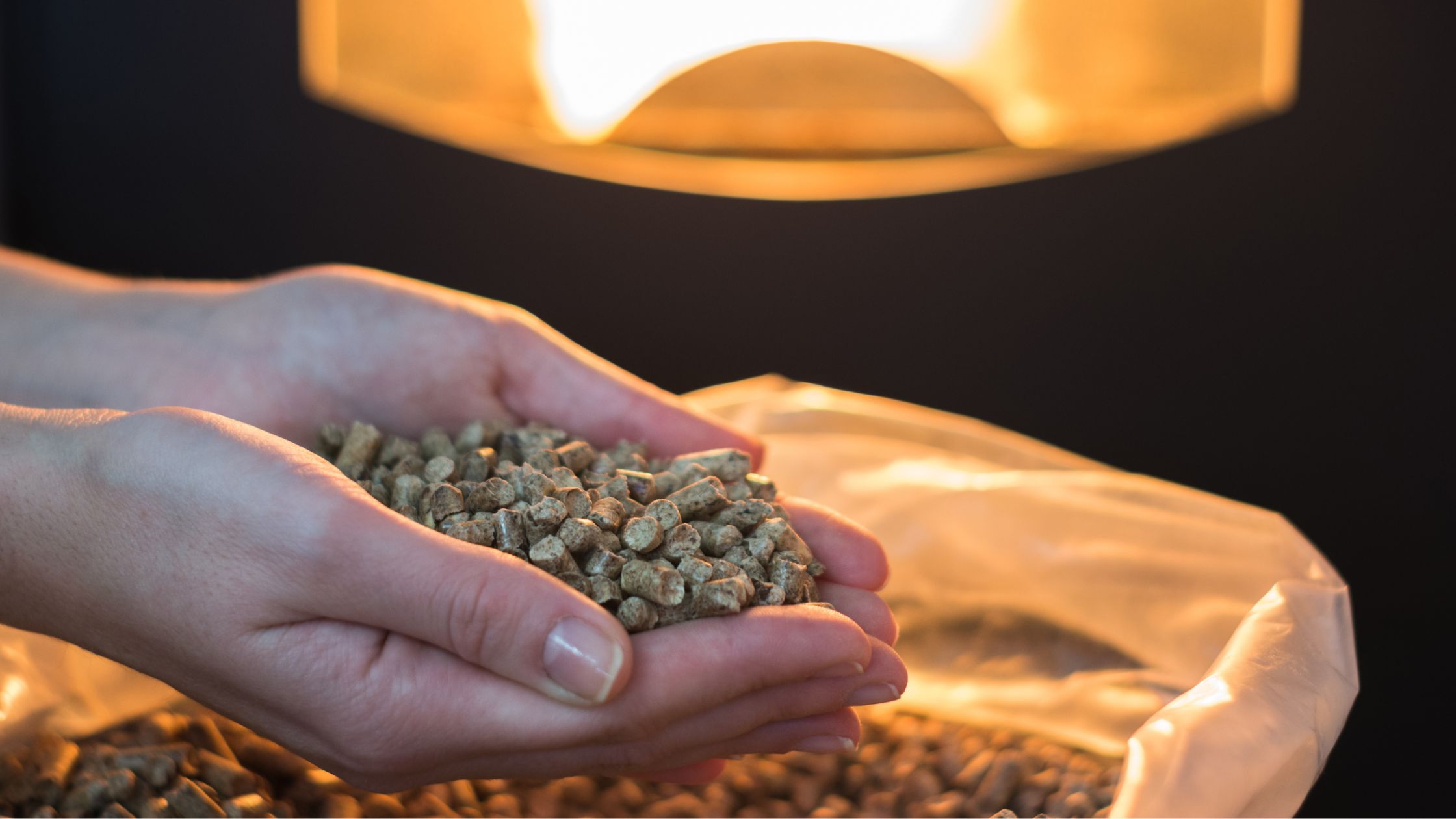
You can keep the charm of a wood-burning stove while taking up less space by burning pellets in a pellet stove. Pellet stoves burn compressed wood pellets and are more efficient than the average wood stove. You can control the temperature with a thermostat, maximizing how long your fuel lasts by keeping it on “low.” These stoves are more eco-friendly than a traditional wood-burning stove, and are worth your consideration.
Pros and Cons of Pellet Stoves
| Pros | Cons |
|---|---|
| Efficient Heating: High efficiency in converting fuel to heat. | Dependence on Electricity: Requires power for the pellet feed system and fans. |
| Eco-Friendly: Uses biomass pellets, a renewable energy source. | Regular Pellet Supply Needed: Requires a steady supply of pellets. |
| Automated Feeding System: Offers convenience with less manual loading. | Initial Cost and Installation: Can be more expensive to purchase and install. |
| Clean Burning: Produces less ash and smoke compared to wood stoves. | Maintenance: Requires regular cleaning and maintenance. |
| Thermostat Control: Ability to set and maintain a desired temperature. | Not Ideal for Power Outages: Less effective during electricity failures. |
| Safe to Use: Lower surface temperatures reduce the risk of burns. | Limited Range: May not efficiently heat large or multi-room spaces. |
As with wood-burning stoves and fireplaces, creosote can build up in the chimney, so be sure to clean the chimney often. Keep flammable materials away from your stove as well.
Electric Heaters

A more portable and convenient option is an electric heater. Also known as a space heater because they heat up a relatively small space, such as a 10×10 foot room, these portable electric heaters are one of the fastest ways to figure out how to stay warm quickly. These come in numerous sizes and can efficiently heat a room. The main drawbacks of electric heaters are their high energy usage, their reliance on the electric grid, and the chance of overloading circuits, which can cause temporary outages.
Pros and Cons of Electric Heaters
| Pros | Cons |
|---|---|
| Ease of Use: Simple to operate with no need for fuel storage. | Dependent on Electricity: Useless during power outages. |
| Instant Heat: Provides immediate warmth upon activation. | Higher Energy Costs: Can be expensive to run for long periods. |
| Safe Operation: No open flames or carbon monoxide emissions. | Limited Heating Capacity: May not be effective in large spaces. |
| Low Maintenance: Requires minimal upkeep compared to wood or gas heaters. | Lacks Ambiance: Doesn’t offer the aesthetic of a fireplace or stove. |
| Portable and Compact: Easy to move and doesn’t take up much space. | Dry Air: Can reduce indoor humidity, causing dryness. |
| No Installation Required: Just plug in and use. | Not as Eco-Friendly: Electricity may come from non-renewable sources. |
Follow the manufacturer’s instructions to ensure you operate your electric heater safely. Having a secondary heating system like a wood-burning stove is recommended in the event the power goes down.
Propane Heaters

Outdoor propane heaters, sometimes called “fire columns”, have become increasingly popular for both restaurant patios and backyard decks, offering a convenient and efficient way to extend the usability of outdoor spaces into the cooler months. You’ve probably seen them at restaurants and provide heat to the tables around them.
These heaters typically stand tall, with a heat source at the top and a propane tank housed at the base, emitting a comfortable warmth that can make even a chilly evening feel cozy and inviting.
They are particularly favored for their portability, ease of use, and ability to provide immediate heat with minimal setup. Whether it’s for a romantic dinner under the stars at a restaurant or a casual backyard gathering with friends and family, outdoor propane heaters have proven to be an essential element in creating a warm and welcoming atmosphere, making outdoor dining and socializing enjoyable year-round.
Pros and Cons of Propane Heaters
| Pros | Cons |
|---|---|
| Portable Design: Easy to move and set up in different outdoor areas. | Propane Dependency: Requires regular refilling of propane tanks. |
| Effective Heating: Provides strong, concentrated heat outdoors. | Safety Risks: Potential hazard if not used or stored properly. |
| Instant Heat: Offers immediate warmth without a long wait time. | Cost of Propane: Ongoing expense for propane refills. |
| Versatility: Suitable for a variety of outdoor settings and uses. | Environmental Concerns: Propane is a fossil fuel, impacting carbon footprint. |
| No Electrical Requirement: Ideal for areas without electricity access. | Limited to Outdoor Use: Not safe for indoor use due to carbon monoxide risk. |
| Adjustable Heat Settings: Allows control over the level of warmth. | Weather Susceptibility: Performance can be affected by wind and rain. |
Indoor propane heaters can be used where natural gas is unavailable and provide indoor heating. Be sure to use propane heaters in a well-ventilated area if you are using a vent-free heater. However, you should ideally only use vented units so the carbon monoxide is vented outside and not inhaled. Only use propane heaters labeled for indoor use inside, and follow all instructions given by the manufacturer.
General Safety Tips
No matter which home heating system you choose, you should keep a few safety tips in mind. You should:
- Install smoke detectors and carbon monoxide detectors.
- Keep flammable items at a safe distance from heating sources.
- Regularly inspect and clean chimneys, vents, and heating equipment.
- Follow manufacturer guidelines for installation, usage, and maintenance.
- Keep a fire extinguisher in a readily accessible location.
Ultimately, how to stay warm involves selecting the right heating source, reviewing your options, and considering factors such as efficiency, fuel availability, safety, and the needs of your property. By beginning your investigation with the systems listed above, you will definitely find the proper heating system for your cabin or cottage during the winter months.



